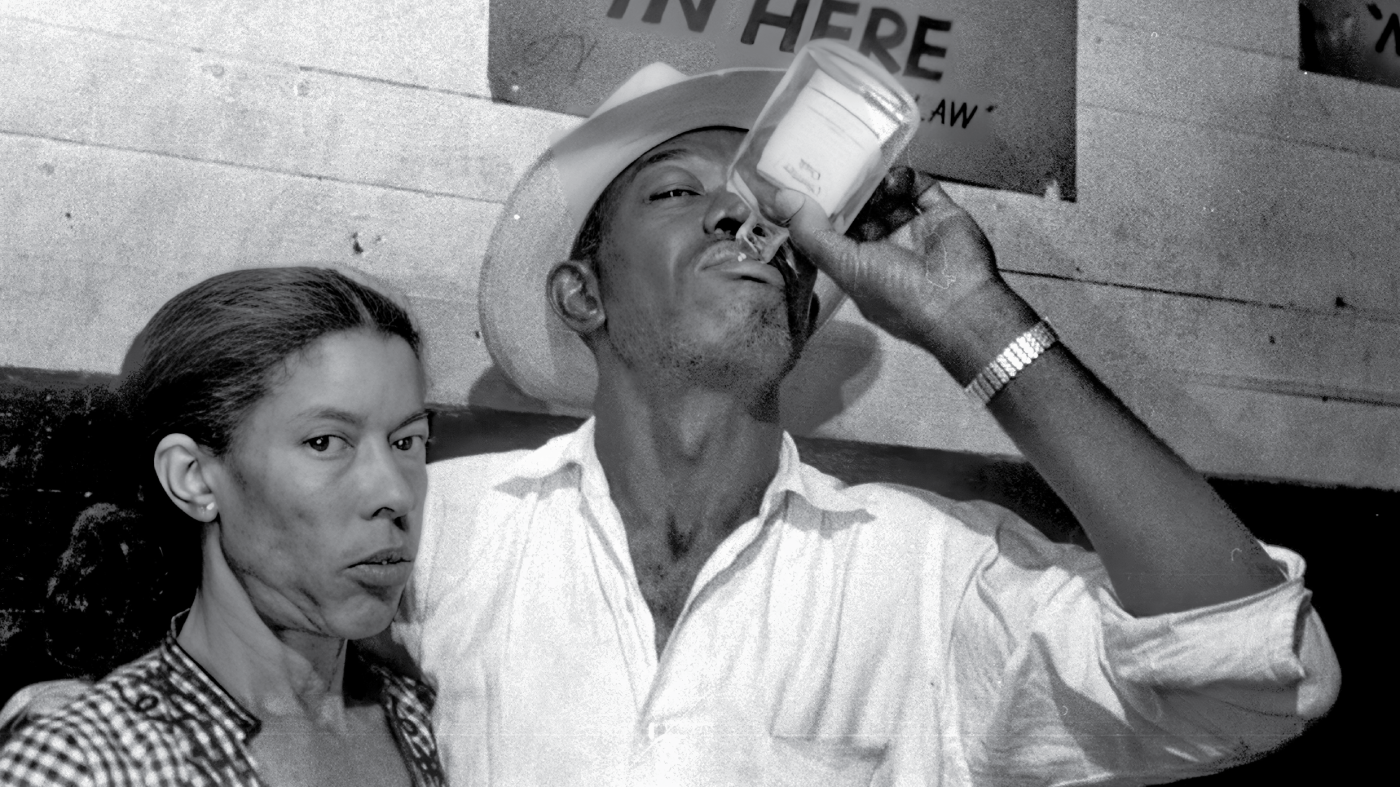Understanding the Complexity Behind Familiar Tunes
Music often feels like a companion for easy moments—especially songs tied to drinking or time-honored folk traditions. Yet, beneath their seemingly straightforward refrains lies a tapestry of stories, emotions, and cultural reflections. The recent *Drinking In Here* album from the Lomax Archive shines a spotlight on this, revealing how traditional drinking songs serve as vessels for rich social narratives while still inviting communal enjoyment. Likewise, many well-known popular songs conceal meanings that diverge sharply from their catchy surface, challenging listeners to reconsider their assumptions.
The Timeless Pull of Traditional Drinking Songs
Traditional drinking songs endure far beyond their original social contexts, bridging centuries with their blend of humor, storytelling, and shared experience. These aren’t mere party tunes; they are narrative artifacts shaped by the lives of those who sang them. Songs like *Three Nights Drunk* may come off as lighthearted drinking ditties, but their stories probe human complexities—infidelity, deception, social interaction—captured in a communal setting.
In this way, drinking songs functioned as more than entertainment; they were social glue, reinforcing community bonds and collective memory. The Lomax Archive’s compilation revives these layered texts, encouraging listeners to hear beyond the melody and connect with the culture and circumstances that inspired them. The interplay between humor and hardship embedded in these songs creates a striking panorama of past human experience centered around alcohol’s social role.
Popular Hits and the Stories We Miss
Modern popular songs present another puzzle: catchy tunes often overshadow the depth of their lyrics. Many hit songs garner widespread appeal because of memorable hooks, but a closer look reveals themes richer and sometimes darker than initially perceived.
Dan Wilson’s transformation of a song originally about a bartender’s night into a metaphor on birth and separation demonstrates how personal narratives can evolve beneath what seems like straightforward drinking imagery. Bruce Springsteen’s *Born In The USA* similarly suffers from misinterpretation: its anthemic sound hides a critique of war and disenfranchisement, notions at odds with simple patriotic readings.
The 1960s and 1970s offered fertile ground for songwriting that layered meaning and poetic subtlety. Sting’s songs, often romantic in tone, embed caution or possessiveness deep within their lyrics. This artistic camouflaging engages listeners who enjoy the music on multiple levels, some unaware of the complexity entwined with the melody.
Why Do Surface Impressions Dominate?
Several factors contribute to the widespread misunderstanding of song meanings:
– Emphasis on Melody: Humans naturally latch onto catchy rhythms and refrain, sidelining lyrical depth.
– Loss of Context: Detachment from the songwriter’s environment or historical moment obscures intended interpretations.
– Transmission Shifts: Oral and cultural traditions can alter or simplify stories, especially in folk music.
Despite these tendencies, digging deeper into these songs rewards listeners with a richer grasp of the artistic craft and cultural insights, enhancing their appreciation and emotional resonance.
Preserving Heritage Through Archival Work
Institutions like the Lomax Archive play an invaluable role in maintaining this musical heritage. By curating collections that document and contextualize drinking and folk songs, they ensure that these cultural treasures remain accessible. Their work also inspires modern audiences to reflect on how music functions as a repository of social history, emotional expression, and cultural identity.
This preservation is crucial because the songs carry with them nuanced portrayals of societal roles and values often lost in today’s fast-paced consumption of entertainment. Through archival projects, the broader narrative of human experience encoded in music continues to inform and enrich contemporary understandings.
The Lasting Power of Music as Storytelling
Songs often invite us to sing along without contemplation, but many carry far more meaning than their hooks imply. Traditional drinking songs and well-known popular hits alike weave complex stories of human nature, social commentary, and historical context beneath their surface gleam.
Engaging with these layers elevates music listening from a passive pastime to an active exploration of culture and emotion. Decoding centuries-old folk ballads or reconsidering the true message behind a rock anthem unveils a world where music connects us to shared human experiences across time.
In revealing these hidden narratives, music proves itself not only a source of fun but also a profound mirror reflecting the intricacies of society. These songs, far from being simple or shallow, embody intelligence, resilience, and enduring relevance that continue to resonate long after the last note fades.

